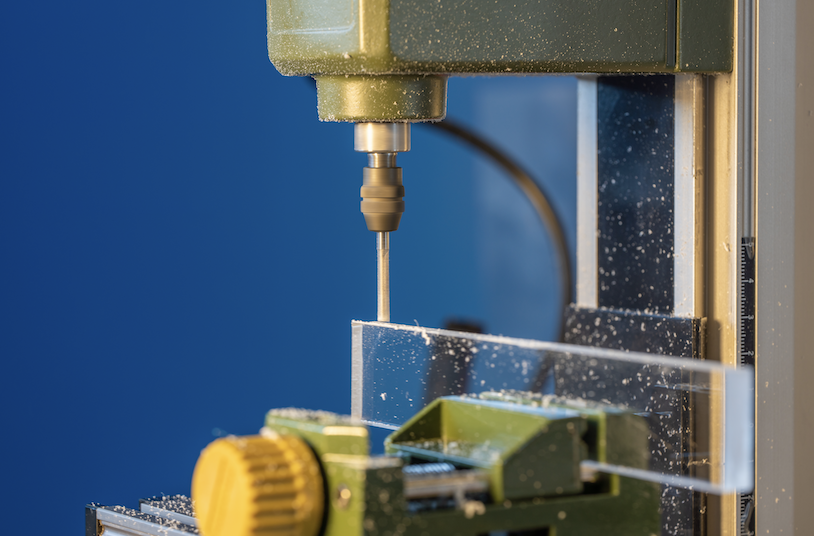Understanding Plastic Fabrication: How It Works

Plastic fabrication is the process of designing plastic products using various manufacturing processes. This industry plays a crucial role in a wide range of Plastic Fabrication sectors, including electronics and aerospace. In this article, we will explore the key aspects of plastic fabrication, covering its approaches, industries it serves, and advantages.
Types of Plastic Fabrication
There are several widely used methods for fabricating plastic, each optimized for specific end products. These include:
- Thermoforming: Heating plastic sheets to form specific shapes.
- Injection Molding: Pressing molten plastic into a cast to create custom parts.
- Blow Molding: A process used for lightweight plastic products, such as bottles.
- Extrusion: Shaping plastic by forcing it through a mold.
- CNC Machining: Cutting plastic with computer-controlled machines.
Industries Benefiting from Plastic Fabrication
Plastic fabrication is used in a variety of industries, including:
- Medical: Production of prosthetics.
- Automotive: Producing lightweight, durable vehicle parts.
- Electronics: Manufacturing casings, circuit boards, and insulation materials.
- Packaging: Developing plastic containers for consumer goods.
- Construction: Assembling PVC pipes, insulation panels, and structural components.
Advantages of Plastic Fabrication
There are several significant benefits to plastic fabrication, including:
- Cost-Effectiveness: Minimized material and production costs.
- Durability: Strong against chemicals.
- Flexibility: Highly adaptable into various shapes and sizes.
- Lightweight: Perfect for automotive applications.
- Recyclability: Sustainable material options.
Final Thoughts
Plastic fabrication is a versatile process that supports innovation across a multitude of industries. With developments in materials, the scope of plastic fabrication looks promising. Whether in construction, the impact of plastic fabrication cannot be understated.